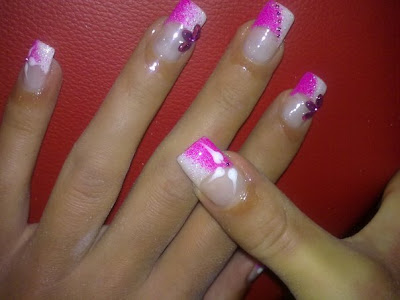I'm sure there are many varied answers to this question depending on who you ask. I can give you my experiences and advice.
I had been writing for five years before I had my first book accepted by a publisher. I joined a writers' centre, completed several writing courses specific to children's fiction, read many books about writing for children, and joined a writing group for children's authors. I learned everything that I could about writing for children and wrote, wrote, wrote. I call this my apprenticeship.
One evening, I went to the writing group for children's authors and one of the members had a letter from a publisher who was looking for submissions. She photocopied the letter for whoever wanted a copy. I almost snatched a copy from her hand, I was eager for an opportunity to submit, especially to a publisher who actually asked for submissions.
I sent off 31 little stories to the publisher. Then, like all good writers, forgot about the submission and went on with my next project.
Months later, I received that magical letter in the post. "We'd like to publish..." The publisher accepted 3 of my little stories. Of course, I did that little dance for joy. Then another one.
It helps to know what publishers are looking for at a given time. Writers' groups and writers' centre are useful sources of information. Publishing information and guidelines are often available on websites. A telephone call to a publisher can sometimes help but there are many publishers who don't know what they want until it lands on their desk.
My next experience was a similar experience. I found out through a friend from another writing group that a publisher was looking for novels of around 4,000 words. I sent 4 off and had 3 accepted.
Not long after this, I found out from another friend from the same writing group that a publisher was looking for short stories. The big difference in this experience was that the publisher was known for commissioning 95% of his work.
Now writers are a stubborn bunch. Otherwise we wouldn't keep writing. And we're not put off by news that a publisher commissions most of their work after we find out that they're looking for short stories.
My friend and I sent off a couple of texts. The publisher sent me an email that went something like this "I can see that you've done this before." I'm now one of his commissioned authors and I have 40 published titles with this publisher.
Afterwards, we found out that the publisher had sent an email to his writers telling them about his project and asking for submissions. He'd received very little response, so he was desperate for new blood. We came along at the right time.
My experience provides several important points about getting published.
1. Learn everything you can about writing. And write as much as you can. Publishers receive an enormous number of submissions, so even when you know what they are looking for, you have to get your manuscript on their shortlist. Writing for children is a skill. You need to learn how to do it. Then you need to practise, practise and practise to do it well.
2. Read current children's books. Reading helps you improve your own writing skills as you subconsciously take in the language and style of other writers. It also helps you keep abreast with what is being published.
3. Join writers' centres and organizations, writing groups, chat groups, subscribe to newsletters. Check publishers' websites, enquire about publishing programs. Go to writer seminars and conferences. Do everything you can to put yourself in the right place at the right time.
4. Learn about the industry and the market. Keep abreast with changes.
5. Be professional. Make writing your business.
6. Always submit your very best work. Have a manuscript assessment done on your work if necessary.
7. If you know that a publisher is looking for a certain type of story - i.e. a certain word length or genre - submit as many of your manuscripts that fit the bill. But make sure that they are your best work. Writing is a numbers game. The more you submit, the more chance you have of being accepted.
Persistence is one secret of success. Persistence means hard work and commitment.
Another secret of success is being in the right place at the right time. Someone has to be there, why not you?



































